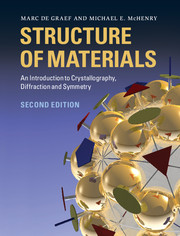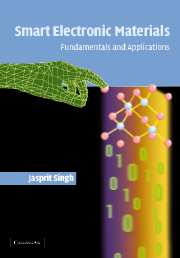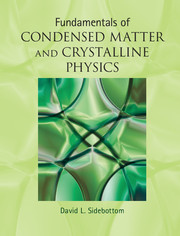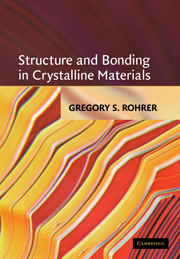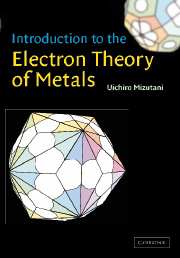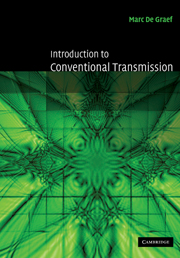Structure of Materials
This highly readable, popular textbook for upper undergraduates and graduates comprehensively covers the fundamentals of crystallography and symmetry, applying these concepts to a large range of materials. New to this edition are more streamlined coverage of crystallography, additional coverage of magnetic point group symmetry and updated material on extraterrestrial minerals and rocks. New exercises at the end of chapters, plus over 500 additional exercises available online, allow students to check their understanding of key concepts and put into practice what they have learnt. Over 400 illustrations within the text help students visualise crystal structures and more abstract mathematical objects, supporting more difficult topics like point group symmetries. Historical and biographical sections add colour and interest by giving an insight into those who have contributed significantly to the field. Supplementary online material includes password-protected solutions, over 100 crystal structure data files, and Powerpoints of figures from the book.
- This second edition has more streamlined coverage of crystallography, additional coverage of magnetic point group symmetry and updated material on extraterrestrial minerals and rocks
- New exercises at the end of chapters, plus over 500 additional exercises available online, with a solutions manual, password protected for instructors
- Over 400 illustrations within the text help students visualise crystal structures and more abstract mathematical objects, supporting more difficult topics like point group symmetries
Product details
September 2012Adobe eBook Reader
9781139558020
0 pages
0kg
411 b/w illus. 90 tables 96 exercises
This ISBN is for an eBook version which is distributed on our behalf by a third party.
Table of Contents
- 1. Materials and materials properties
- 2. The periodic table and bonds
- 3. What is a crystal structure?
- 4. Crystallographic computations
- 5. Lattice planes
- 6. Reciprocal space
- 7. Additional crystallographic computations
- 8. Symmetry in crystallography
- 9. Point groups
- 10. Plane groups and space groups
- 11. X-ray diffraction: geometry
- 12. X-ray diffraction: intensities
- 13. Other diffraction techniques
- 14. About crystal structures and diffraction patterns
- 15. Non-crystallographic point groups
- 16. Periodic and aperiodic things
- 17. Metallic structures I
- 18. Metallic structures II
- 19. Metallic structures III: quasicrystals
- 20. Metallic structures IV: amorphous metals
- 21. Ceramic structures I
- 22. Ceramic structures II: high temperature superconductors
- 23. Ceramic structures III: terrestrial and extraterrestrial minerals
- 24. Molecular solids and biological materials.

